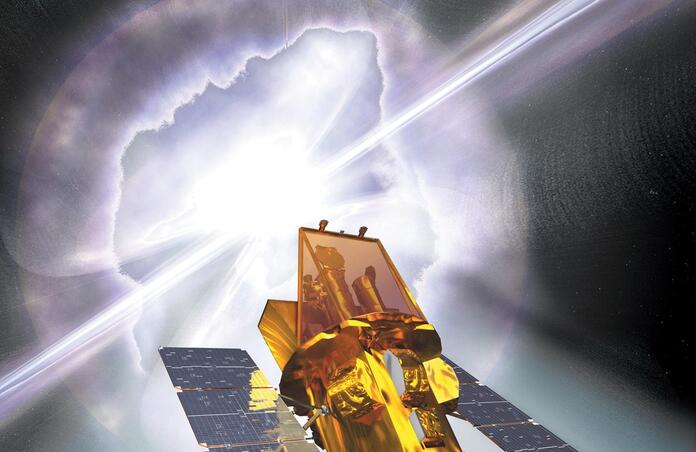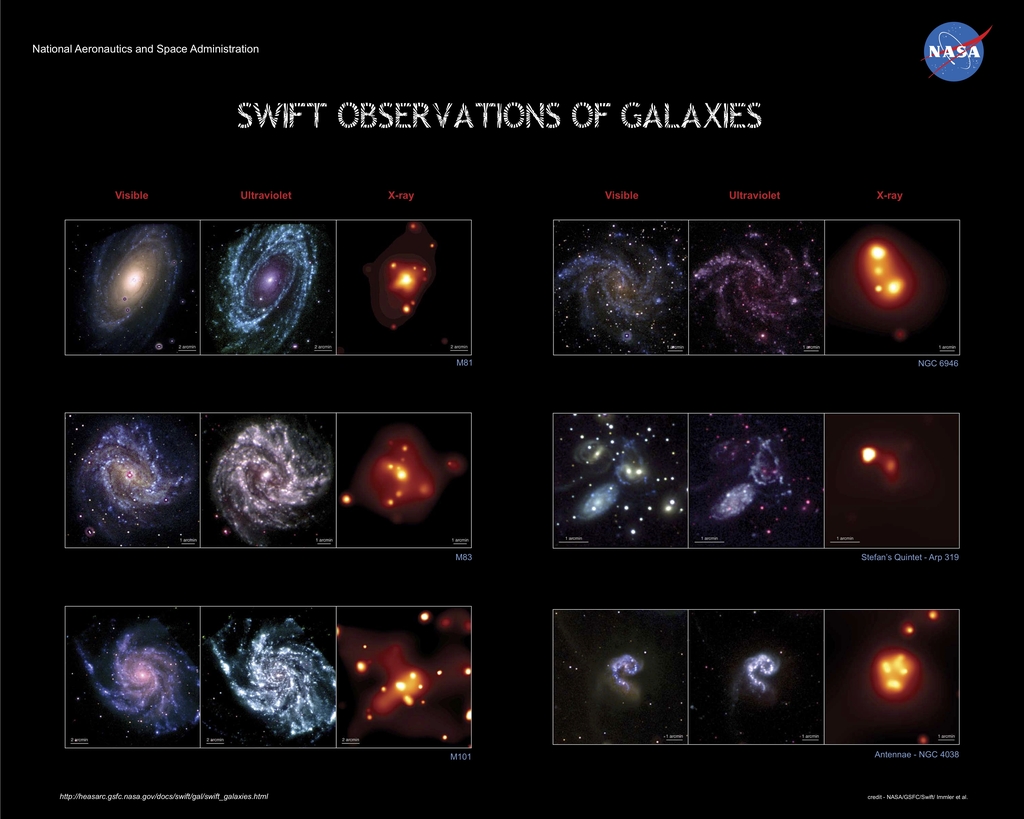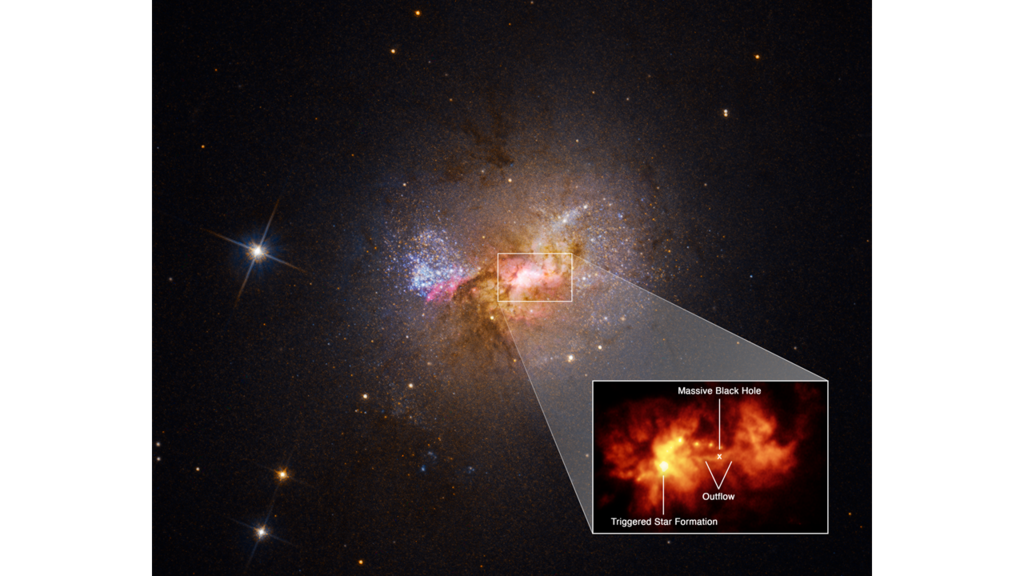NASA’s Swift Observatory has to enter Safe Mode – and other NASA Space Telescope News

Swift, Hubble and Webb each had their moment this week !
On the evening of the 18th of January, NASA’s Neil Gehrels Swift space telescope had to be powered off due to what’s highly likely to be a reaction wheel failure. Reactions wheels are used to control a spacecraft’s orientation, which is particularly important to keep a high pointing accuracy throughout an observation. In fact, NASA’s Dawn mission to asteroid Vesta and dwarf planet Ceres and JAXA’s Hayabusa mission to near-Earth asteroid 25143 Itokawa are both examples where the probe suffered from reaction wheel failure and much more limited-in-time chemical thruster jets had to be used. This is the first time in Swift’s 17 years of skywatching that one of its 6 reaction wheels appears to have an issue though.

While it is not the most renowned telescope, Swift has proven crucial for researchers in its field, namely Gamma-Ray Bursts. Within seconds of detecting such a burst, Swift informs ground stations so that other telescopes can observe the burst's afterglow in other wavelengths, including the optical. Besides the Gamma Ray one, Swift itself is equipped with an X-Ray and an UV telescope to help monitor the event. Although it has made about 100 detections of bursts per year, there still is no conclusive answer as to what these ultra-powerful events could be due to.

Meanwhile, the HST has looked at what we tend see as another monster of our Universe: a black hole, specifically the one at the core of dwarf galaxy Henize 2-10. However, in this case the black hole is actually what triggered and fosters star formation in a star-forming region just over 200 light-years away. A few million years ago, it ejected an outflow of hot gas toward a giant cloud of gas and dust; 2hat has been noticed on the HST images, in effect, is that the way that clusters of young stars are aligned within Henize 2-10 – perpendicularly to the outflow – shows the path that the outflow followed to spread. Because of the modest size of the black hole (remember, this is in a dwarf galaxy), the outflow is just powerful enough to ignite star formation without “overheating” the cloud’s gas, which in typical scenarios with larger black holes is what prevents star formation.
On the flip side of the coin, there is the question of the seeds of the black holes themselves – if black holes can promote star formation, what promotes black holes ? While we do know that black holes originate at the end of massive stars’ lives, what is less clear is how supermassive ones in the very early Universe could have formed, or even how much of the Universe’s mass today is already contained in black holes. Notably, a new study estimates that there are 40 trillion (that’s a 4 followed by 19 zeroes) stellar-sized black holes in our observable Universe, i.e., 1% of all its ordinary matter content. The JWST will be instrumental in addressing all these key questions about these fascinating objects, and it is time for an update on the mission to see when we can expect results. As you will probably have seen in the news, the deployment of the solar array and sunshield, then of the secondary and primary mirror, have all occurred smoothly.
The last milestone, before initial data can be taken to calibrate the JWST’s instruments over the next 5 months, is the putting into orbit at L2. Note that this second Sun-Earth Lagrange Point L2 is essentially a point of gravitational equilibrium, so that a probe placed there will orbit the Sun with the Earth in a trajectory which can be maintained with very few orbit corrections.
Three “mid-course correction” manoeuvres are planned for this weekend to insert the JWST into this special orbit, so stay tuned !
Cover Image: Swift, Spectrum and NASA E/PO, Sonoma State University, A. Simonnet
Image Credits:
1- Swift Poster, NASA E/PO, Sonoma State University, A. Simonnet
2 - Henize 2-10 NASA, ESA, Z. Schutte (XGI), A. Reines (XGI) / A. Pagan (STScI)
3, 4 & 5 - JWST Deployment Animation, NASA Goddard Space Flight Center and N.Grumman, M. McClare (HTSI)
